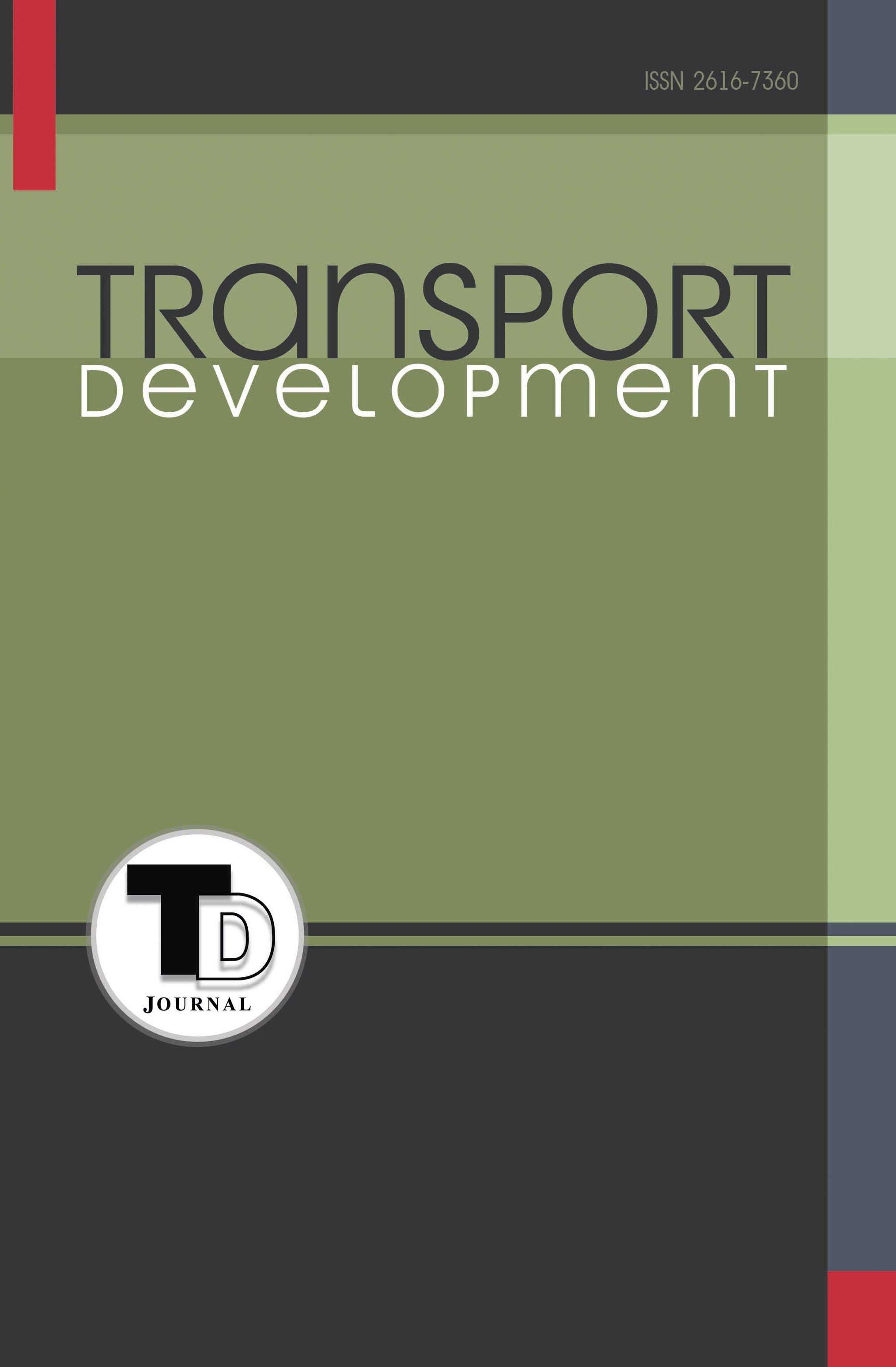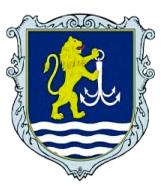STATISTICAL ANALYSIS OF PUBLIC TRANSPORT PASSENGERS' ENCOUNTER NETWORKS IN THE CONTEXT OF THE RISK OF THE INFECTIOUS DISEASE SPREAD
Abstract
Introduction. Urban public transport is considered as one of the key factors of the spreading of infectious diseases due to the direct interaction of passengers with each other during trips in a confined space. Trying to reduce the risk of disease among the urban population during the global pandemic of the Covid-19 coronavirus, urban passenger transport operators and local authorities have applied a number of restrictions for public transport users – from limiting the number of passengers in the vehicle to completely suspending services. However, currently, there are no substantiated approaches to the effectiveness of applying such restrictions. Purpose. The purpose of the article is to study and statistically analyze the encounter networks of public transport passengers in cities from the perspective of the complex networks theory in the context of the possible spread of infectious diseases. Results. Passenger encounter networks of urban public transport can be constructed using known values of the trip O-D matrix elements, which can be obtained from the results of passenger flow surveys. Statistical analysis of passenger encounter networks performed for four urban public transport routes in Zaporizhzhia city (Ukraine) showed that they exhibit the properties of Watts-Strogatz “small-world” networks. At the same time, the average number of passenger encounters with other passengers during a trip increases linearly with the increase in passenger capacity of transit vehicles, passenger transportation volumes per trip, and passenger variability indicators on the route. Conclusions. The revealed properties of passenger encounter networks on urban public transport make it possible to apply to them previously obtained results on the mechanisms of the infectious diseases spread in “small-world” networks. The obtained dependences of the average number of passenger encounters with each other during a trip can be used to justify the introduction of restrictive measures regarding the use of urban public transport and their effectiveness during an outbreak of infectious diseases.
Downloads
References
2. Qian X., Sun L., Ukkusuri S.V. Scaling of contact networks for epidemic spreading in urban transit systems. ResearchGate, February 2021, 11(1):4408. doi:10.1038/s41598-021-83878-7
3. Qian X., Ukkusuri S.V. Modeling the spread of infectious disease in urban areas with travel contagion. Cornell University, May 2020, arXiv: 2005.04583. doi:10.48550/arXiv.2005.04583
4. Ku D., Yeon C., Lee S., Lee K., Hwang K., Li Y.C., Wong S.C. Safe traveling in public transport amid COVID-19. Science Advances, October 2021, Vol. 7, Issue 43. doi: 10.1126/sciadv.abg3691
5. Advice for the public: Coronavirus disease (COVID-19) [Electronic resource]. URL: https://www.who.int/emergencies/diseases/novelcoronavirus-2019/advice-for-public (accessed: 07.12.2024)
6. Musselwhite Ch., Aveneri E., Susilo Y. The Coronavirus Disease COVID-19 and implications for transport and health. Journal of Transport & Health, April 2020, 16(1): 100853. doi: 10.1016/j.jth.2020.100853
7. Mo B., Feng K., Shen Yu, Tam C., Li D., Yin Y., Zhao J. Modeling epidemic spreading through public transit using time-varying encounter network. Transportation Research Part C: Emerging Technologies, January 2021, Volume 122:102893. doi: 10.1016/j.trc.2020.102893
8. Kumar P., Khani A., Lind E., Levin J. Estimation and Mitigation of Epidemic Risk on a Public Transit Route using Automatic Passenger Count Data. Transportation Research Record Journal, February 2021, Vol. 2675(6). doi: 10.1177/0361198120985133
9. Luo Qi, Gee M., Piccoli B., Work D., Samaranayake S. Managing public transit during a pandemic: The trade-off between safety and mobility. Transportation Research Part C: Emerging Technologies, May 2022, Volume 138:103592. doi: 10.1016/j.trc.2022.103592
10. Tapiador L., Gomez J., Vassallo J.M. Exploring the relationship between public transport use and COVID-19 infection: A survey data analysis in Madrid Region. Sustainable Cities and Society, May 2024, Volume 104:105279. doi: 10.1016/j.scs.2024.105279
11. Pastor-Satorras R., Vespignani A. Epidemic dynamics in finite size scalefree networks. Physical Review E, March 2002, Vol. 65:035108. doi: 10.1103/PhysRevE.65.035108
12. Zhang X., Sun G.-Q., Zhu Y.-X., Ma J. Epidemic dynamics on semi-directed complex networks. Mathematical Biosciences, October 2013, Vol. 246(2). doi: 10.1016/j.mbs.2013.10.001
13. Barrat A., Barthelemy M., Pastor-Satorras R., Vespignani A. The architecture of complex weighted networks. Applied Physical Sciences, March 2004, 101(11)3774-3752. doi: 10.1073/pnas.04000871
14. Lü L., Chen D.-B., Zhou T. The small world yields the most effective information spreading. New Journal of Physics, December 2011, abs/1107.0429(12). doi: 10.1088/1367-2630/13/12/123005
15. Sun L., Axhausen K.W., Lee D.-H., Huang X. Understanding metropolitan patterns of daily encounters. Proceedings of the National Academy of Sciences U.S.A., January 2013. Vol. 110, № 34. doi: 10.1073/pnas.1306440110
16. Bota A., Gardner L.M., Khani A. Identifying Critical Components of a Public Transit System for Outbreak Control. Networks and Spatial Economics, December 2017, 17(1). doi: 10.1007/s11067-017-9361-2
17. Організація автобусних перевезень у містах: навч. посібник / О. С. Ігнатенко, В. С. Марунич. Український транспортний ун-т. – К. : [б.в.], 1998. – 193 с.
18. Складні мережі / [Ю. Головач, О. Олємской, К. фон Фербер та ін.] Журнал фізичних досліджень, 2006, Т. 10, № 4, С. 247-289.
19. Кузькін О.Ф. Розвиток маршрутних мереж громадського транспорту великих міст України. Наукові нотатки, 2014, № 46, С. 332–340.





